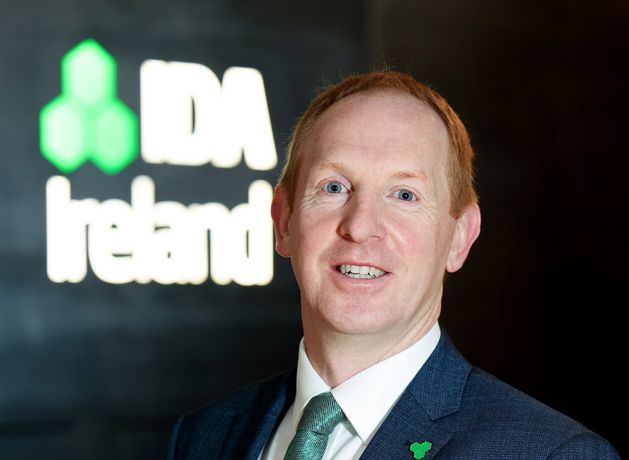Jobs
Number of IDA backed jobs down slightly in 2023 as ‘tech wreck’ struck

Total jobs at IDA supported companies is also down.
It is the first time since 2009 that the number of net new jobs has been negative, with 1,014 fewer people hired than let go. All in all, there were just over 16,800 job gains and 17,800 job losses between October 2022 and October 2023, IDA Ireland said in its annual results on Friday.
It follows a net gain of 24,019 jobs in 2022, with the total jobs added down by around 50pc on last year, while losses more than doubled.
The total number of people employed in IDA-backed companies slipped slightly, to 300,583 in October 2023 from 301,475 a year earlier.
That reflects an unusually difficult year for the tech sector, which shed jobs late last year and in early 2023 during the so called ‘tech wreck’ even as employment across the wider economy grew.
IDA Ireland said it had won 248 investments up to the end of October this year, a 2.5pc increase on the same period year.
That promises to add 19,000 new jobs next year, the IDA estimates.
IDA chief executive Michael Lohan said that despite a “correction” in the tech sector last year and into this year, “conversations” with companies are “now turning to growth”.
Enterprise Minister Simon Coveney said that the pipeline of jobs for next year — thanks to this year’s 248 new investments, up from last year’s — is encouraging and predicted net job growth in 2024.
“Sometimes I think you need to simply work hard to maintain momentum, and, I think, in some ways, that sims up where we’ve been for the last 12 months.
“We know that for the tech sector there were some real challenges.
“I’m looking ahead to next year with a lot of optimism. I think we will see growth next year, on all metrics and I think the pipeline of companies that have made announcements this year — and we expect to see announcements next year from — I think means that we are in a pretty strong, resilient position, actually, given the world that we’re living in today.
“And I think many other countries, looking at the Irish economy today, would love to be able to quote the kind of numbers we have been quoting.
So are we complacent? Absolutely not. We’re cautious but optimistic, I think, for the future.”
IDA firms accounting for 11.3pc of national employment, which worked out as a slight decrease on last year (of 0.3pc).
The slowdown in IDA-backed jobs this year was driven by the tech sector, which saw 2.9pc slowdown on 2022.
Job growth was recorded across all other sectors, with modern manufacturing jobs — which include medical and pharmaceutical companies — up 1.8pc. That comes despite a fall in pharmaceutical exports this year.
Traditional manufacturing jobs rose by 0.2pc and and business and financial hiring was up 0.8pc.
IDA Ireland results show that a third of total investments (83) this year were from first-time investors, rather than expansion by companies already based here.
They include US medical device maker Dexcom, which has pledged to add 1,000 jobs in Athenry over the next five years; workforce management software firm Rippling his to add 100 jobs with a new headquarters in Dublin; and tech firm EX plans to hire up to 200 AI and data engineers at its new base in Dublin.
There were 132 investments secured outside Dublin, 54pc of the overall figure.
The total number of regional jobs now stands at 163,471.
The midlands region saw the strongest level of growth, up 5.8pc. Growth in the border region was up 2.7pc and the midwest saw a 2.6pc rise.
The southwest and southeast regions were up by 1.2pc and 1.4pc respectively.
However, growth in the west was down by 1.8pc and Dublin and the mid-east declined by 1.2pc and 4.8pc respectively.
Over €1.4bn was committed by IDA clients on research and innovation projects during the year. IDA Ireland has over 1,800 client companies within its portfolio, employing a total of 300,583 people. It is the second year that the number of people employed in IDA-backed firms has risen over 300,000.
IDA chief executive Michael Lohan said the results show “the continued attractiveness of Ireland as a location” for foreign direct investment.










